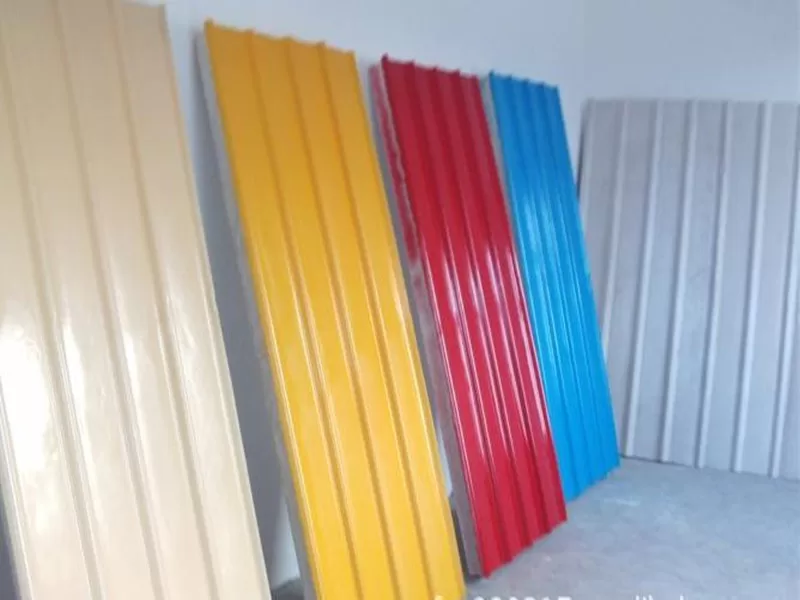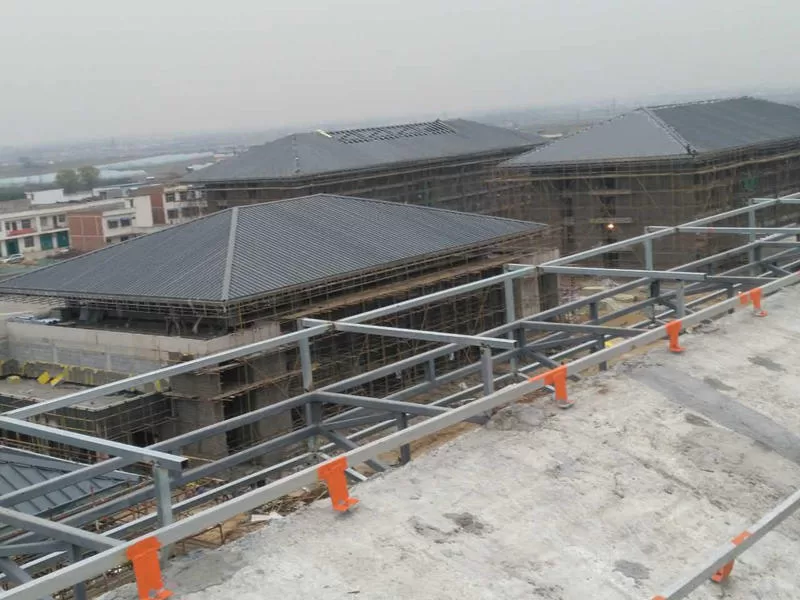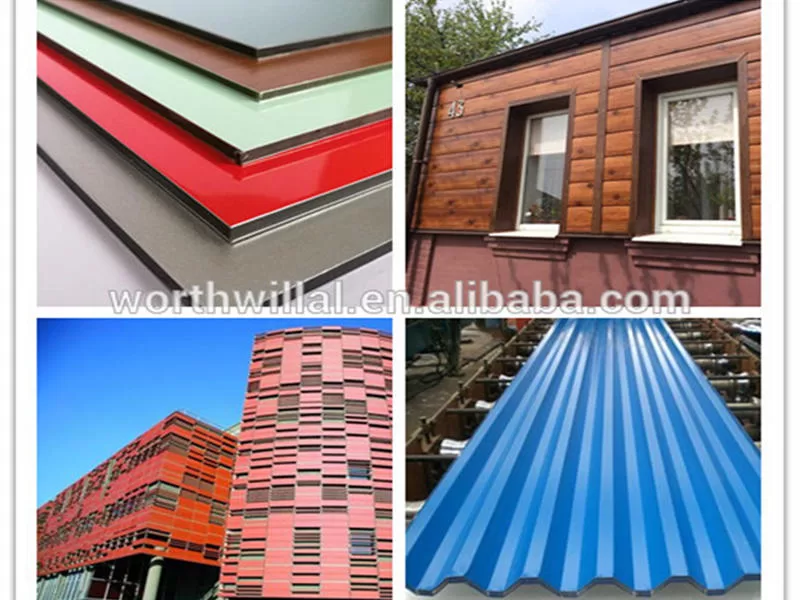Phone:
(701)814-6992
Physical address:
6296 Donnelly Plaza
Ratkeville, Bahamas.

Thinking about a new roof? Metal roofing is a popular choice for many homes and buildings today. It lasts a long time and looks great. But before you choose, you might ask: “How much does one sheet of metal roofing cost?” This is an important question. The price of a single metal roof sheet can change a lot. It depends on several key things.


A metal roofing sheet is a single piece of metal used to cover a roof. These sheets come in different sizes, shapes, and materials. They are designed to fit together, creating a strong, weather-tight barrier for your home or building. Understanding the cost of one sheet is the first step in planning your roofing project.

The price you pay for one metal roof sheet is not fixed. Many factors play a role in its final cost. Knowing these can help you make a smart choice.
It’s tricky to give an exact price for “one sheet” because sheet sizes vary. Metal roofing is often priced per square foot or linear foot, and then cut into sheets.
However, we can estimate based on common sheet sizes (e.g., 3 feet wide by 10-16 feet long, covering 30-48 square feet per sheet).
Here is an estimated average cost range for a single sheet of metal roofing (assuming a sheet covers about 30-40 square feet) based on common materials:
| Metal Type | Common Gauge | Estimated Cost Per Sheet (30-40 sq ft) | Notes |
|---|---|---|---|
| Galvalume Steel | 29-26 Gauge | $30 – $80 | Most common, good value. |
| Aluminum | 26-24 Gauge | $60 – $120 | Lightweight, rust-proof, good for coast. |
| Copper | 16-20 oz. | $300 – $800+ | Premium, long-lasting, develops patina. |
| Zinc | 0.7mm – 1mm | $250 – $700+ | Premium, self-healing, very durable. |
Please note: These are just estimates. Actual costs for a metal roof sheet will vary based on your location, supplier, specific product details, and market conditions. Always get quotes from local suppliers for the most accurate pricing.
When you look at metal roofing sheets, you’ll see numbers that tell you about their specific type and quality. Here are some examples:
| Specification Type | Common Values/Examples | Meaning/Impact on Cost |
|---|---|---|
| Material | G90 Galvalume, 3003 Aluminum, C110 Copper, VMZINC | G90 for steel means 0.90 ounces of zinc/aluminum coating per square foot, good corrosion resistance. Different alloys for aluminum. Specific types of copper/zinc. Higher quality materials increase metal roofing cost per sheet. |
| Gauge (Thickness) | 29, 26, 24, 22 | Lower number = thicker metal. 29 gauge is thinnest, 22 gauge is very thick. Thicker sheets cost more and are more durable. |
| Panel Width | 36 inches, 24 inches, 16 inches | The width of the finished panel coverage. Wider panels might be more cost-effective per square foot but might not fit all roof designs. Narrower panels are common for standing seam. |
| Coating Type | SMP, Kynar 500®/PVDF, Polyester | SMP (Silicone Modified Polyester) is good. Kynar 500® (PVDF) is a premium, long-lasting coating with excellent color retention and scratch resistance, adding to the cost of your metal roof sheet. |
| Profile Height | 3/4 inch, 1 inch, 1.5 inches, 2 inches | How high the ribs or seams are. Taller profiles offer better water shedding and strength. Standing seam profiles typically have taller seams. |
| UL Rating | UL 2218 Class 4 | Indicates impact resistance (hail). Class 4 is the highest rating. This is a quality mark, not a direct sheet spec, but affects overall roof system cost/insurance. |
| Energy Star Rated | Yes/No | Indicates if the color and coating reflect solar energy well, potentially saving on cooling costs. Often applies to lighter colors. |
These specifications help you understand the quality and features of each metal roofing sheet, directly influencing its cost and performance.
While this article focuses on the cost of one sheet of metal roofing, it’s important to remember that the total price of a metal roof project includes more than just the sheets.
You will also have costs for:
Even though the initial cost for metal roof sheets can be higher than some other materials, the long-term benefits often outweigh the price:
Metal roofing is versatile and can be used on many types of buildings. Here are some common applications:
To make sure you get a good deal on your metal roof sheets:
The cost of one sheet of metal roofing varies greatly, mainly depending on the type of metal, its thickness (gauge), and the coatings applied. While steel sheets are generally the most affordable, premium options like copper and zinc offer unmatched durability and unique aesthetics at a higher price point. By understanding these factors and comparing options, you can choose the best metal roofing sheets that fit both your budget and your building’s needs. Investing in quality metal roofing can provide long-lasting protection and value for your property.